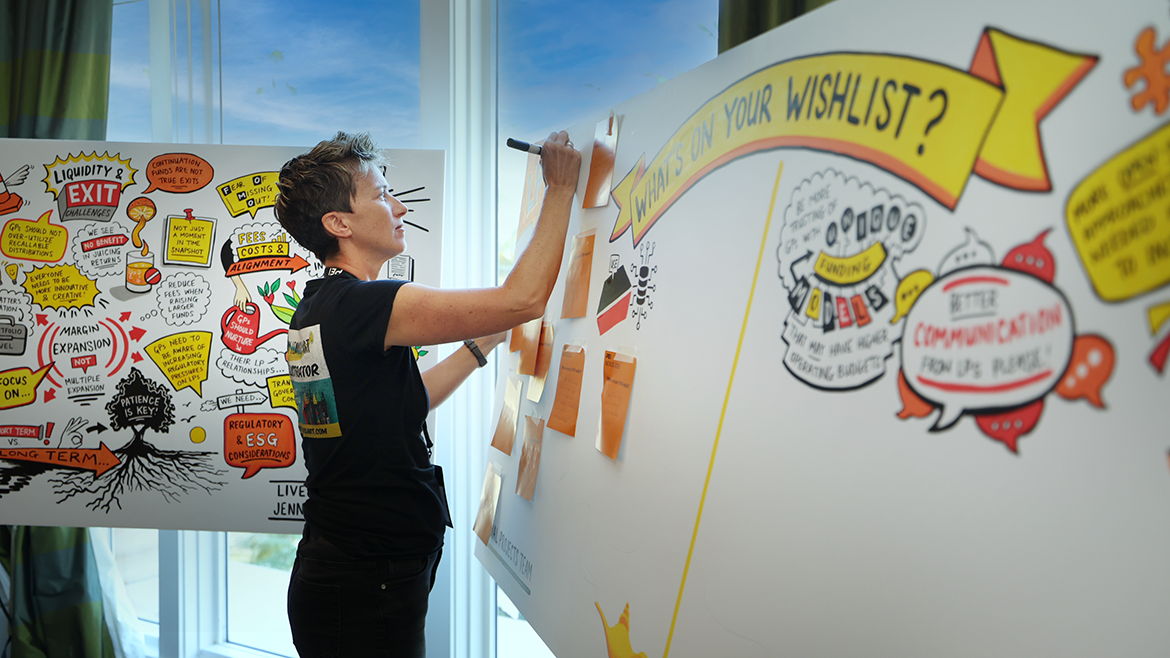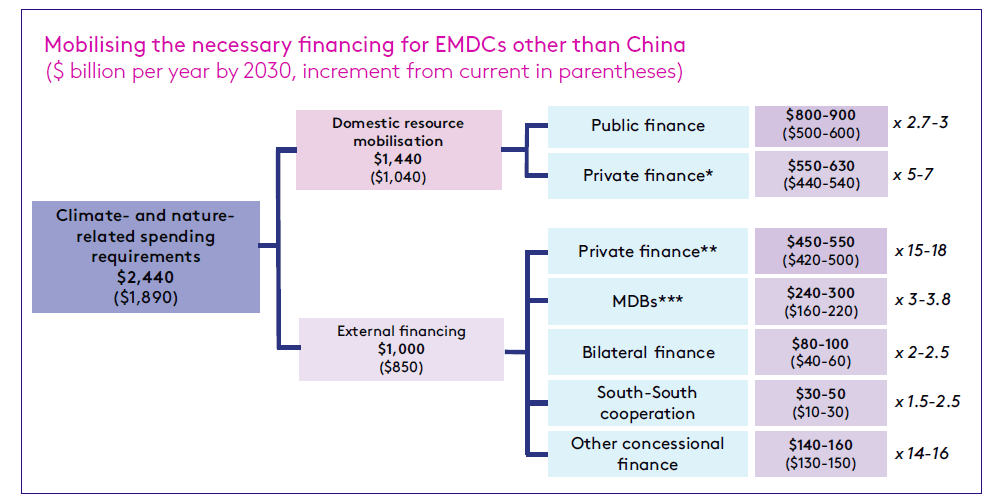Unlocking Capital for First-of-a-Kind Projects: advancing pilots to bankable deals
Unlocking Capital for First-of-a-Kind Projects: advancing pilots to bankable deals https://www.globalclimatefinanceaccelerator.com/wp-content/uploads/2025/09/finance-foak.jpg 800 450 Global Climate Finance Accelerator https://www.globalclimatefinanceaccelerator.com/wp-content/uploads/2025/09/finance-foak.jpgSepteber 22, 2025 Kate Costaris, Sydney Wisener
First-of-a-Kind (FOAK) projects sit at the frontier of innovation – whether in hydrogen, carbon capture, long-duration energy storage, or industrial process electrification. These projects promise transformative climate solutions but face a steep climb for financing. The barriers are well known, ranging from capital intensity, high technical risk, unproven business models, to a lack of revenue certainty. While governments often provide early-stage support, these short-term grants and fragmented pilot programs do not follow the climate venture through to attracting private investors at the scale needed to bring FOAK solutions to market.
The Financing Deadlock
Yes, FOAK projects are risky. Developers face engineering challenges, offtakers are reluctant to commit to long-term contracts until technical risks have been satisfactorily mitigated, and later stage investors and lenders wait for the fundamentals to be de-risked. This standoff creates a “chicken and egg” problem, with each player waiting for another to put in the first tranche of first loss capital. Without deliberate intervention, many promising projects stall between pilot and commercial deployment.
Policy volatility is compounding the problem. Shifting subsidies, inconsistent carbon pricing, and unpredictable regulatory changes undermine investor confidence, which raises hurdle rates and discounts future returns. The result is a higher cost of capital that FOAK projects, already strained by technical and commercial risks, cannot afford.
Why Predictability Matters
Predictability is the foundation of investment. Developers and investors alike need clear line-of-sight on revenues, regulatory frameworks, and long-term policy commitments. Consistency in carbon pricing, clean energy standards, and procurement mandates signals to markets that FOAK technologies will not be stranded by sudden policy reversals. Without that confidence, capital remains sidelined.
Carbon contracts for difference (CCfDs), pioneered in Europe, reduce exposure to policy volatility by, for example, guaranteeing a stable future price of carbon. If policy-driven prices suddenly drop, whatever government is in power at the time is contractually obligated to cover the gap, giving developers and investors a boost of revenue certainty to help finance capital-intensive projects.
Milestone-based financing also attracts capital for projects by releasing funds as technical and commercial risks are progressively retired, helping match capital deployment with real progress. When the entire capital stack develops this structure together, including government and philanthropic catalytic capital to address gaps as they arise, investors are provided with greater security, reducing the risk of backing a project that stalls. Co-investment with public institutions plays a catalytic role. Export credit agencies and green banks act as catalytic anchor capital providers. Early capital signals confidence that can help bring private investors off the sidelines, but it’s the role they can play in committing to plug into gaps and mitigate risks through such mechanisms as loan guarantees that really makes the difference.
Robust carbon markets and renewable energy credits offer more predictable revenue streams, allowing ventures to monetize climate benefits while boosting investor confidence. Strengthening these markets through clearer policy frameworks, consistent valuation mechanisms, and measures to incentivize demand, would allow jurisdictions to better leverage these tools for FOAK projects.
Policy Intervention: The Climate Finance “Concierge”
Over two years at the Global Climate Finance Accelerator, we designed a hypothetical “FOAK Capital Partnership Platform”. This platform commits catalytic first-loss capital, but only in exchange for coordinated participation from developers, investors, offtakers, and lenders. It embeds milestone-based disbursements, aligns public and private risk-sharing, and offers conditional offtake guarantees. By integrating all players from the outset, we believe it would transform today’s fragmented funding environment into a coordinated capital deployment ecosystem.
Follow the Accelerator’s progress as it tests this platform with TRL 7+ ventures approaching their first commercial project with this year’s new cohort of Accelerators-in-Residence.
Contact info@globalclimfin.com to get involved.


 Kate was a 2023-2024 Accelerator-In-Residence at the Global Climate Finance Accelerator. Her professional experience spans climate finance research, sustainability fieldwork, and several roles in the start-up and corporate space in London and Toronto. With this unique combination of extensive academic expertise, a passion for climate advocacy, and a diverse commercial background, she is actively exploring how financial instruments can be used to influence positive environmental outcomes.
Kate was a 2023-2024 Accelerator-In-Residence at the Global Climate Finance Accelerator. Her professional experience spans climate finance research, sustainability fieldwork, and several roles in the start-up and corporate space in London and Toronto. With this unique combination of extensive academic expertise, a passion for climate advocacy, and a diverse commercial background, she is actively exploring how financial instruments can be used to influence positive environmental outcomes. Sydney was a 2024-2025 Accelerator-In-Residence at the Global Climate Finance Accelerator, and a Master of Global Affairs candidate (2026) at the Munk School of Global Affairs and Public Policy. Sydney is also a Lupina Fellow at the Innovation Policy Lab at University of Toronto, researching the startup-to-scaleup gap in the Canadian cleantech ecosystem.
Sydney was a 2024-2025 Accelerator-In-Residence at the Global Climate Finance Accelerator, and a Master of Global Affairs candidate (2026) at the Munk School of Global Affairs and Public Policy. Sydney is also a Lupina Fellow at the Innovation Policy Lab at University of Toronto, researching the startup-to-scaleup gap in the Canadian cleantech ecosystem.
 It is no secret that coral reefs worldwide are under significant duress from a multitude of factors, the most significant of which is climate change. Reefs are prehistoric, diverse habitats, providing nearly
It is no secret that coral reefs worldwide are under significant duress from a multitude of factors, the most significant of which is climate change. Reefs are prehistoric, diverse habitats, providing nearly  Nicole Zavagno is an incoming first-year science student at Dalhousie University with plans to major in marine biology. She is a PADI open water certified diver and holds a Canadian national lifeguarding certification.
Nicole Zavagno is an incoming first-year science student at Dalhousie University with plans to major in marine biology. She is a PADI open water certified diver and holds a Canadian national lifeguarding certification.


 Susan McGeachie is CEO of the Global Climate Finance Accelerator, which convenes partnerships across business, finance, government and academia on strategies, policies, procedures, and tools to finance the deployment of technically viable climate solutions.
Susan McGeachie is CEO of the Global Climate Finance Accelerator, which convenes partnerships across business, finance, government and academia on strategies, policies, procedures, and tools to finance the deployment of technically viable climate solutions.  Marc Oppenheim runs Blue Reef Capital, an elite corporate finance boutique that raises blended capital for world-leading climate tech companies.
Marc Oppenheim runs Blue Reef Capital, an elite corporate finance boutique that raises blended capital for world-leading climate tech companies.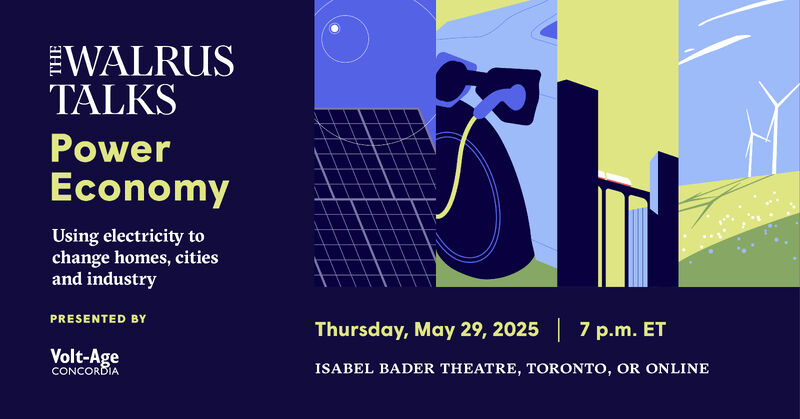
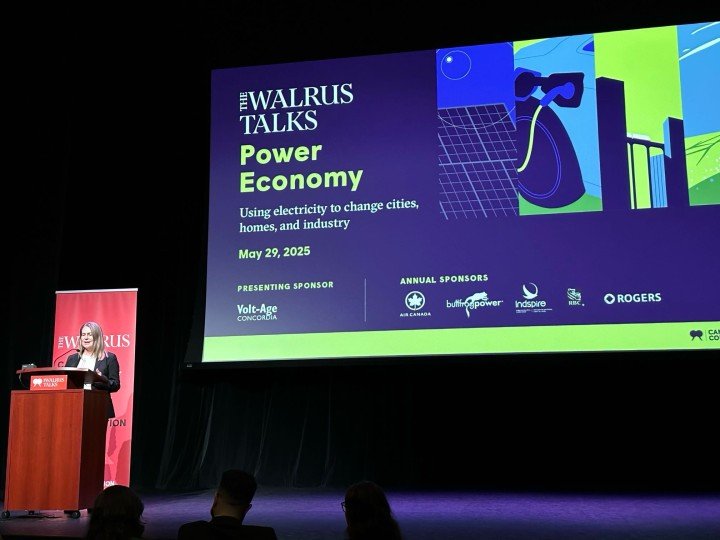

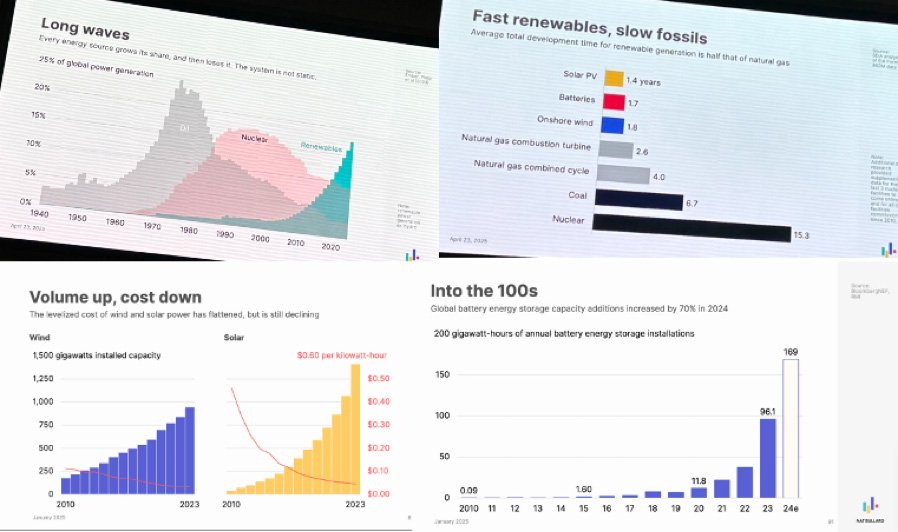

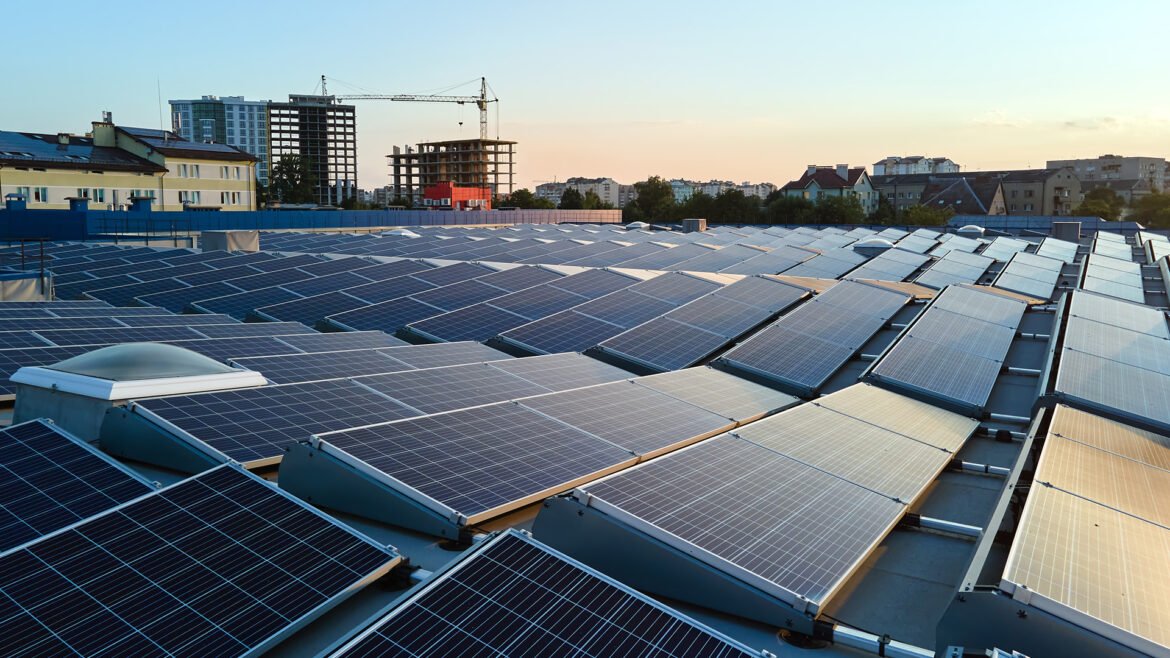
 Deep is an Accelerator-in-Residence with the Global Climate Finance Accelerator. A dedicated energy management professional, he has a proven history of meeting company goals and helping businesses achieve their GHG and energy reduction targets. Deep is skilled in adapting to new challenges to help utilities find solutions to complex issues in the energy conservation and transition industry. He is excited to begin a new chapter as Consultant, Energy Transition at
Deep is an Accelerator-in-Residence with the Global Climate Finance Accelerator. A dedicated energy management professional, he has a proven history of meeting company goals and helping businesses achieve their GHG and energy reduction targets. Deep is skilled in adapting to new challenges to help utilities find solutions to complex issues in the energy conservation and transition industry. He is excited to begin a new chapter as Consultant, Energy Transition at 
 Arushi Parashar is a finance and strategy professional with close to five years of experience, driven by a passion for shaping sustainable business strategies. With a strong foundation in capital markets and consulting, Arushi has developed a proven ability to analyze financial data and implement strategic solutions that create lasting value.
Arushi Parashar is a finance and strategy professional with close to five years of experience, driven by a passion for shaping sustainable business strategies. With a strong foundation in capital markets and consulting, Arushi has developed a proven ability to analyze financial data and implement strategic solutions that create lasting value.